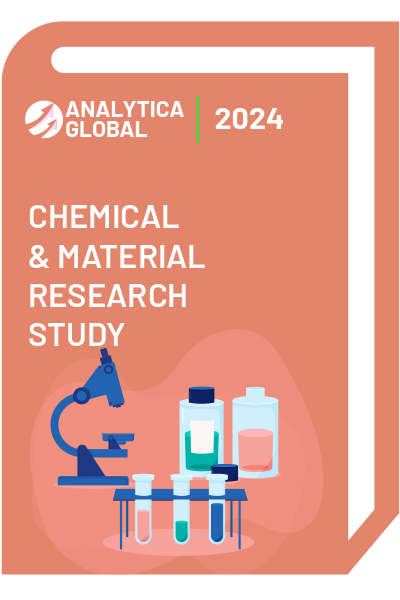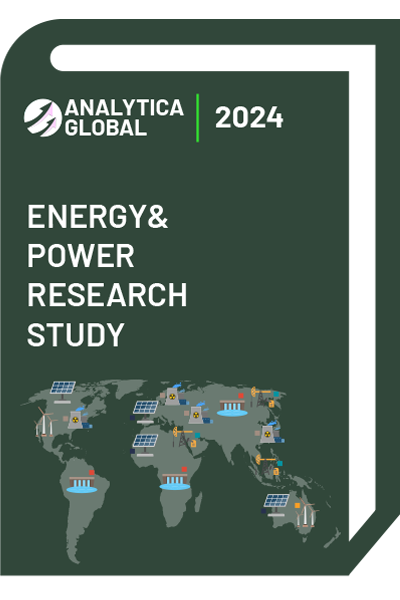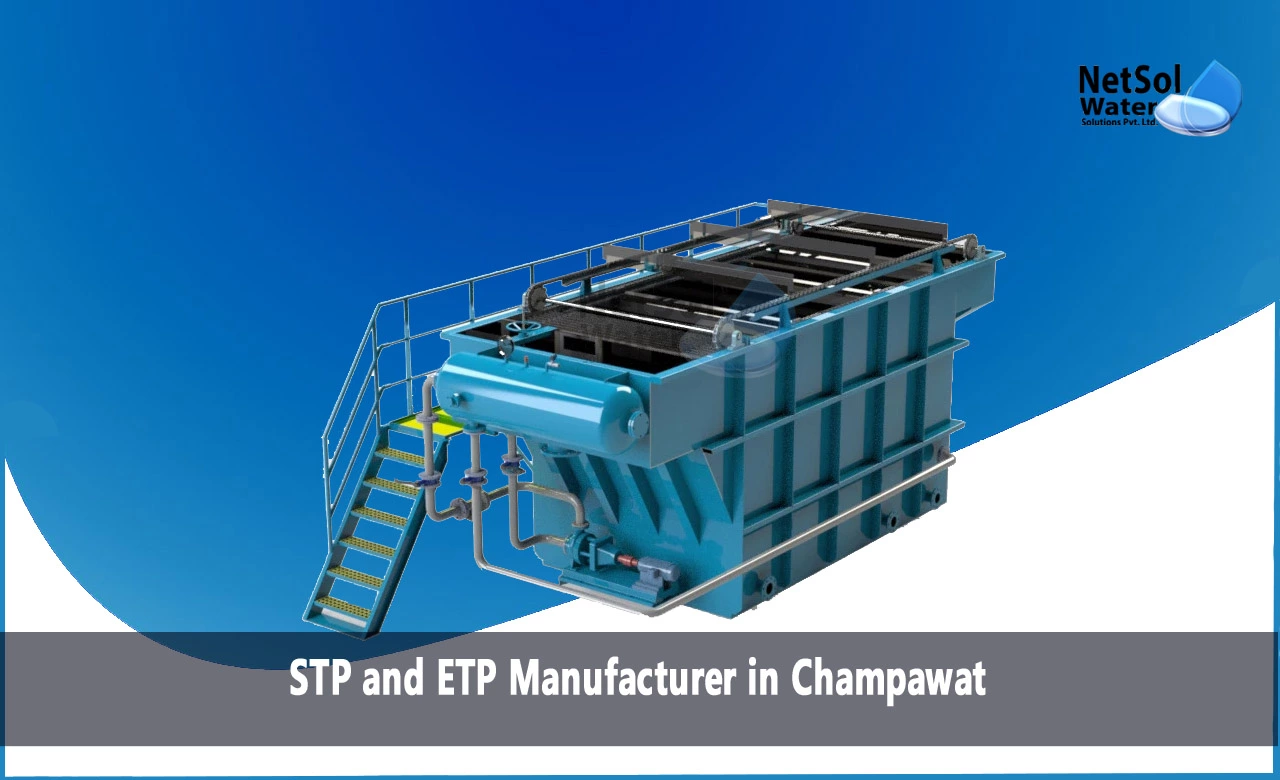Future Trends in Fabric Waste Recycling Machines and Their Impact on the Industry
As the textile industry continues to grapple with the challenge of managing fabric waste, the development of innovative recycling machines promises to revolutionize the way waste is handled and reduce the environmental impact of textile production. In this section, we will discuss some of the future trends in fabric waste recycling machines and their potential impact on the industry.
Advancements in Technology for Improved Efficiency
One of the key trends in fabric waste recycling machines is the adoption of advanced technology to improve efficiency and reduce costs. Manufacturers are investing in state-of-the-art equipment that can process a wide range of fabrics, including cotton, polyester, and nylon, with minimal manual intervention. These machines are equipped with sensors and automated systems that can sort and separate different types of fabrics, making the recycling process more efficient and less labor-intensive.
Compact and Portable Recycling Solutions
Another important trend in fabric waste recycling machines is the development of compact and portable solutions that can be used on-site at textile production facilities. This eliminates the need for transporting waste to off-site recycling centers, reducing transportation costs and carbon emissions. Portable recycling machines also allow manufacturers to recycle waste materials in real-time, making the process more seamless and integrated into the production workflow.
Sustainability and Circular Economy Principles
In addition to technological advancements, the future of fabric waste recycling machines is also being shaped by a growing focus on sustainability and circular economy principles. Manufacturers are increasingly looking for ways to reuse and recycle textile waste within their own production processes, instead of sending it to landfills or incineration. Recycling machines that can convert fabric waste into new raw materials or products, such as fibers or yarns, are becoming increasingly popular as companies seek to reduce their environmental footprint and improve resource efficiency.
Innovative Recycling Processes
One of the most promising developments in fabric waste recycling machines is the use of advanced chemical and mechanical processes to break down fabrics into their constituent fibers, which can then be used to create new materials. For example, some recycling machines use enzymatic treatments or solvent-based processes to dissolve and regenerate fibers from old or discarded textiles. These innovative solutions have the potential to revolutionize the way fabric waste is recycled, making it easier and more cost-effective to turn waste materials into valuable resources.
Conclusion
Overall, the future of fabric waste recycling machines holds great promise for the textile industry. By embracing cutting-edge technology, sustainability practices, and circular economy principles, manufacturers can not only reduce their environmental impact but also unlock new business opportunities and revenue streams. As the demand for sustainable and eco-friendly products continues to grow, fabric waste recycling machines will play a crucial role in helping the industry transition towards a more sustainable and circular future. https://www.3recycling.com/products
As the textile industry continues to grapple with the challenge of managing fabric waste, the development of innovative recycling machines promises to revolutionize the way waste is handled and reduce the environmental impact of textile production. In this section, we will discuss some of the future trends in fabric waste recycling machines and their potential impact on the industry.
Advancements in Technology for Improved Efficiency
One of the key trends in fabric waste recycling machines is the adoption of advanced technology to improve efficiency and reduce costs. Manufacturers are investing in state-of-the-art equipment that can process a wide range of fabrics, including cotton, polyester, and nylon, with minimal manual intervention. These machines are equipped with sensors and automated systems that can sort and separate different types of fabrics, making the recycling process more efficient and less labor-intensive.
Compact and Portable Recycling Solutions
Another important trend in fabric waste recycling machines is the development of compact and portable solutions that can be used on-site at textile production facilities. This eliminates the need for transporting waste to off-site recycling centers, reducing transportation costs and carbon emissions. Portable recycling machines also allow manufacturers to recycle waste materials in real-time, making the process more seamless and integrated into the production workflow.
Sustainability and Circular Economy Principles
In addition to technological advancements, the future of fabric waste recycling machines is also being shaped by a growing focus on sustainability and circular economy principles. Manufacturers are increasingly looking for ways to reuse and recycle textile waste within their own production processes, instead of sending it to landfills or incineration. Recycling machines that can convert fabric waste into new raw materials or products, such as fibers or yarns, are becoming increasingly popular as companies seek to reduce their environmental footprint and improve resource efficiency.
Innovative Recycling Processes
One of the most promising developments in fabric waste recycling machines is the use of advanced chemical and mechanical processes to break down fabrics into their constituent fibers, which can then be used to create new materials. For example, some recycling machines use enzymatic treatments or solvent-based processes to dissolve and regenerate fibers from old or discarded textiles. These innovative solutions have the potential to revolutionize the way fabric waste is recycled, making it easier and more cost-effective to turn waste materials into valuable resources.
Conclusion
Overall, the future of fabric waste recycling machines holds great promise for the textile industry. By embracing cutting-edge technology, sustainability practices, and circular economy principles, manufacturers can not only reduce their environmental impact but also unlock new business opportunities and revenue streams. As the demand for sustainable and eco-friendly products continues to grow, fabric waste recycling machines will play a crucial role in helping the industry transition towards a more sustainable and circular future. https://www.3recycling.com/products
Future Trends in Fabric Waste Recycling Machines and Their Impact on the Industry
As the textile industry continues to grapple with the challenge of managing fabric waste, the development of innovative recycling machines promises to revolutionize the way waste is handled and reduce the environmental impact of textile production. In this section, we will discuss some of the future trends in fabric waste recycling machines and their potential impact on the industry.
Advancements in Technology for Improved Efficiency
One of the key trends in fabric waste recycling machines is the adoption of advanced technology to improve efficiency and reduce costs. Manufacturers are investing in state-of-the-art equipment that can process a wide range of fabrics, including cotton, polyester, and nylon, with minimal manual intervention. These machines are equipped with sensors and automated systems that can sort and separate different types of fabrics, making the recycling process more efficient and less labor-intensive.
Compact and Portable Recycling Solutions
Another important trend in fabric waste recycling machines is the development of compact and portable solutions that can be used on-site at textile production facilities. This eliminates the need for transporting waste to off-site recycling centers, reducing transportation costs and carbon emissions. Portable recycling machines also allow manufacturers to recycle waste materials in real-time, making the process more seamless and integrated into the production workflow.
Sustainability and Circular Economy Principles
In addition to technological advancements, the future of fabric waste recycling machines is also being shaped by a growing focus on sustainability and circular economy principles. Manufacturers are increasingly looking for ways to reuse and recycle textile waste within their own production processes, instead of sending it to landfills or incineration. Recycling machines that can convert fabric waste into new raw materials or products, such as fibers or yarns, are becoming increasingly popular as companies seek to reduce their environmental footprint and improve resource efficiency.
Innovative Recycling Processes
One of the most promising developments in fabric waste recycling machines is the use of advanced chemical and mechanical processes to break down fabrics into their constituent fibers, which can then be used to create new materials. For example, some recycling machines use enzymatic treatments or solvent-based processes to dissolve and regenerate fibers from old or discarded textiles. These innovative solutions have the potential to revolutionize the way fabric waste is recycled, making it easier and more cost-effective to turn waste materials into valuable resources.
Conclusion
Overall, the future of fabric waste recycling machines holds great promise for the textile industry. By embracing cutting-edge technology, sustainability practices, and circular economy principles, manufacturers can not only reduce their environmental impact but also unlock new business opportunities and revenue streams. As the demand for sustainable and eco-friendly products continues to grow, fabric waste recycling machines will play a crucial role in helping the industry transition towards a more sustainable and circular future. https://www.3recycling.com/products
0 Σχόλια
0 Μοιράστηκε
623 Views
0 Προεπισκόπηση









